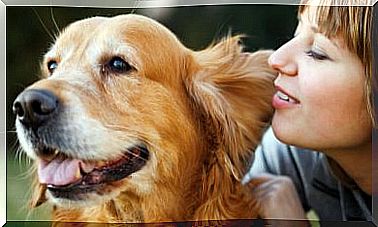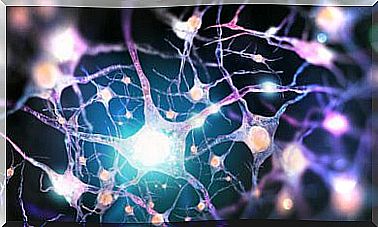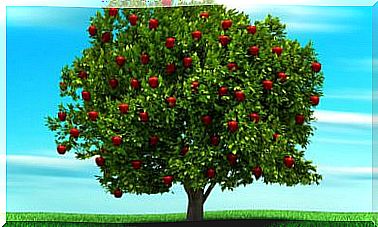Pavlov And Classical Conditioning
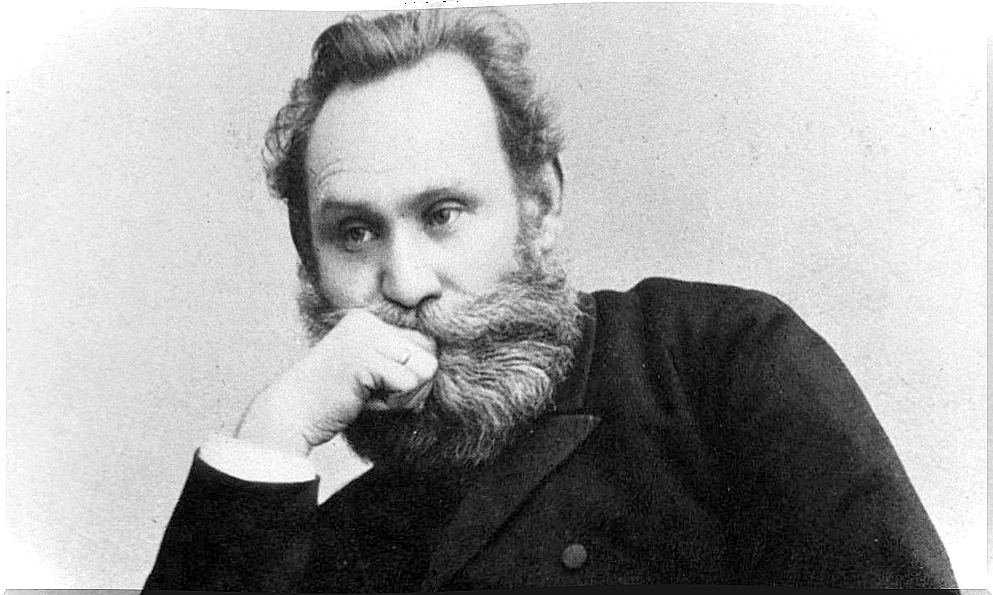
The experiment of Ivan Pavlov and his dogs is one of the best known and most notable (from what he supposed) in the history of psychology. Thanks to this little accidental discovery, a psychological theory of learning began to be built. Pavlov’s studies have helped us understand associative learning through classical conditioning.
Classical conditioning consists of the association of an initially neutral stimulus with a significant stimulus. In this way, when the neutral stimulus is presented, in the absence of the other stimulus, a response similar to that which would occur if the significant stimulus were presented will be given. This ability to associate stimuli, no matter how disparate they may be, helps us in many daily situations.
Next, to approach the understanding of classical conditioning, we are going to deal with two aspects. In the first place, we will talk about Pavlov’s experiment and his research, and secondly, we will talk about the components that make up this type of conditioning.
Pavlov’s experiment
Ivan Pavlov, a Russian physiologist, investigated the salivation of dogs in the presence of food. In this context, one day he noticed that the dogs began to salivate before presenting the food. Only the fact of subjecting the dogs to the conditions of the experiment elicited the salivation response.
Pavlov’s deduction was that his dogs had somehow associated the experiment with the presentation of food. Thus, to unravel the mysteries of that learning, Pavlov began to design a series of experiments. His objective was to test his hypothesis that when two stimuli are presented contingently, they remain associated.
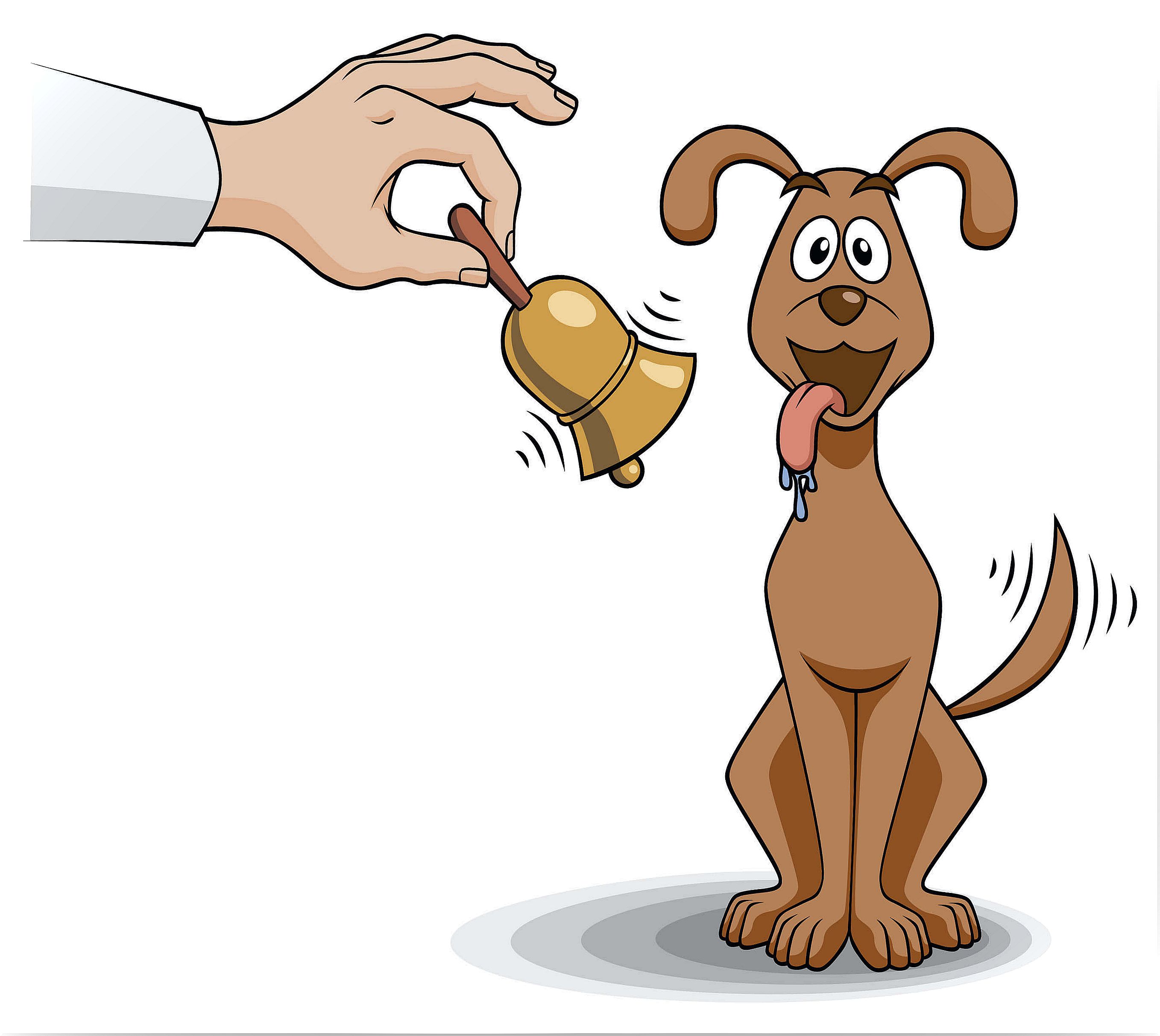
The experiment that demonstrated the existence of classical conditioning was the association of a sound of a bell with food. To accomplish this, Pavlov fitted a series of dogs with salivation meters. The procedure consisted of Pavlov ringing a bell and then presenting the food to them. And obviously, after presenting the food, the meters indicated salivation in the dogs.
Now, after a series of contingent presentations of the two stimuli (bell and food), Pavlov succeeded in making them associated. This was demonstrated because the presentation of the sound of the bell alone was able to cause salivation in the dogs. Of course, it is important to clarify that this was less than the salivation that occurred when the food was presented.
This experiment demonstrated that an initially neutral stimulus can elicit a totally new response through its association with a significant stimulus. This is what is known as classical conditioning.
The components of classical conditioning
When analyzing classical conditioning we can say that it is made up of four main components. These components are the unconditioned and conditioned stimulus, and the unconditioned and conditioned response. Understanding the relationships and formation of these components will help us understand classical conditioning.
Below we briefly explain each of these components and the relationship between them:
- Unconditioned stimulus : it is that stimulus that already has a significant character for the subject. That is, a stimulus that is capable of eliciting a response on its own. In Pavlov’s experiment, the unconditioned stimulus would be food.
- Unconditioned response : it is the response that the subject emits to the unconditioned stimulus. In the case of the experiment, the unconditional response would be the secretion of saliva due to the presentation of the food.
- Conditioned stimulus : this would be the initially neutral stimulus, which does not generate any significant response in the subject. But, through association with the unconditioned stimulus, it is capable of emitting a new response. In the case of Pavlov’s experiment it would be the sound of the bell.
- Conditioned response : it is the response that is emitted after the presentation of the conditioned stimulus. In the case of the experiment, it would be the salivation of the dogs after hearing the sound of the bell.

Classical conditioning consists of the interaction of these components. Presenting a neutral stimulus together with an unconditioned stimulus on many occasions will transform the neutral stimulus into a conditioned stimulus. And for this reason the conditioned stimulus will give a conditioned response, similar to the unconditioned response. Creating in this way a new learning through the association of two stimuli.
The multitude of studies that emerged from classical conditioning have greatly helped us understand many aspects of human learning. Thanks to him we know the appearance of phobias or the linking of emotions to new stimuli. Pavlov lit the spark to understand much of what we know today about learning and conditioning.


